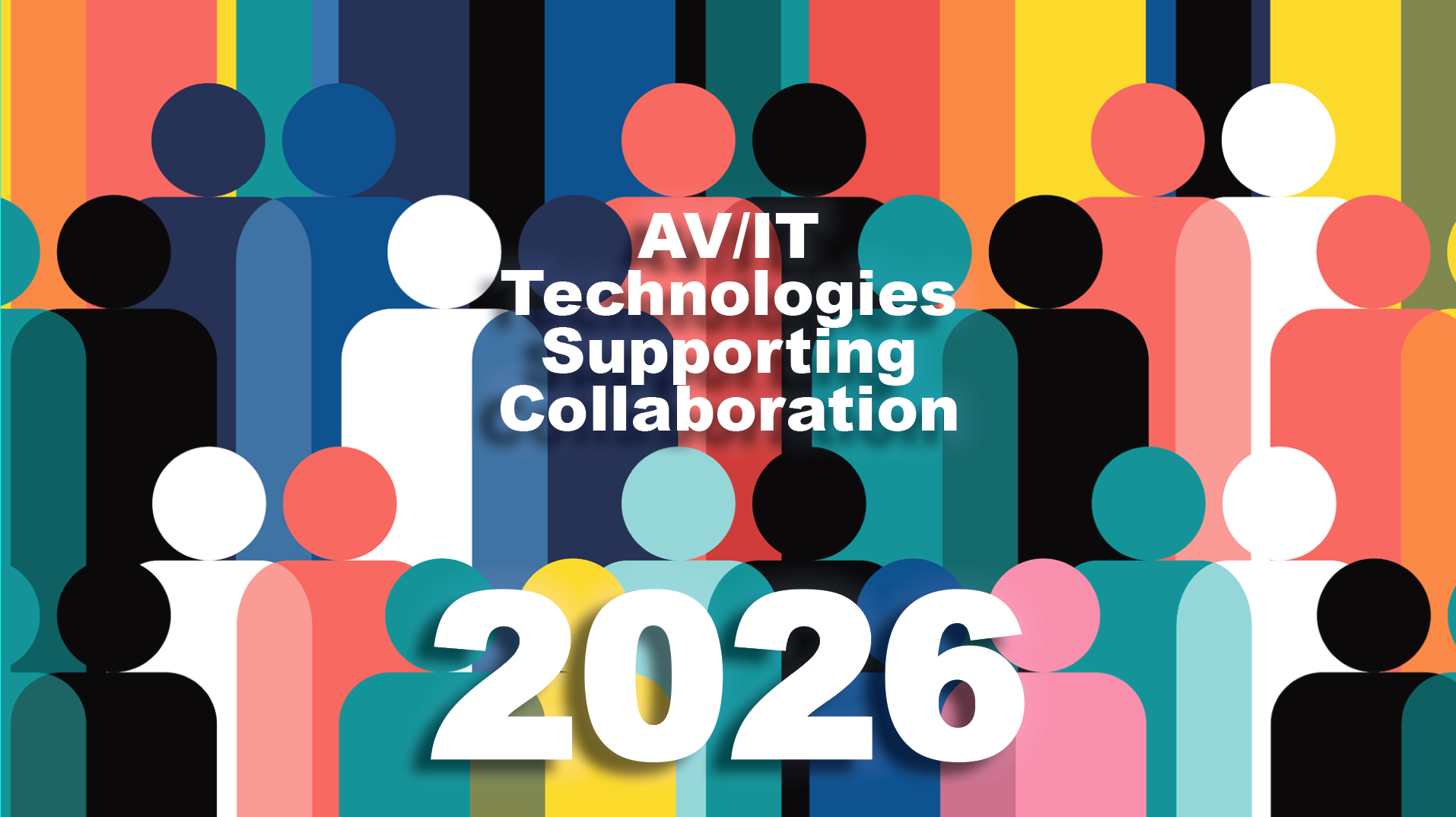Visual Reality X: Streaming Is Expected

Review the statistics on how the human brain retains visual images at a rate higher than reading text, and it would be hard not to use video as a medium for communication.
The stats vary among scientific research reports, research firms, scholarly articles, and not-so-independent research. Whether two-times or sixty-times greater, the retention rate of watching a video versus reading text is exponentially greater. This applies to all age groups.
According to its own stats, “YouTube overall, and even YouTube on mobile alone, reaches more 18–34 and 18–49-year-olds than any cable network in the U.S.”
If your organization, college, or university is not already producing video content for recruiting, training, or other types of communications, that needs to change. That is, if you feel it is important to engage with what in 2015 the U.S. Census Bureau declared the largest demographic in the U.S.—millennials. Today they range between 17 and 35 years old.
Both Sides of the Case
According to Cisco’s Visual Networking Index report updated in September 2017:
- Globally, IP video traffic will be 82 percent of all consumer Internet traffic by 2021, up from 73 percent in 2016.
- Live video will grow 15-fold from 2016 to 2021. Internet video traffic will grow fourfold from 2016 to 2021, a compound annual growth rate (CAGR) of 31 percent.
- Virtual reality and augmented reality traffic will increase 20-fold between 2016 and 2021, at a CAGR of 82 percent.
- Content Delivery Network (CDN) traffic will carry 71 percent of all Internet traffic by 2021, up from 52 percent in 2016.
Not long ago much was written about the demise of the brick-and-mortar university model. The massive open online course (MOOC) movement was set to shutter the traditional classroom. Yet a 2014 report by Justin Reich, Menschel Rearch Fellow at HarvardX, revealed that on average, 6 percent of all HarvardX (HX) open online course registrants earn a certificate. “That number is in keeping with the ‘low’ completion number for MOOCs the media has often rightly zeroed-in on,” the report stated.
A daily selection of features, industry news, and analysis for tech managers. Sign up below.
“Many learners sign up for a MOOC without ever intending to complete it,” the HarvardX report concluded. HX students who “intend to complete a course are 4.5 times more likely to do so than intended-browsers.”
Sage Perspective
If you had a hard time staying awake during “sage on the stage” lectures in a darkened auditorium during college, imagine how much harder it would be to hold the attention of a student sitting in front of a screen at home.
Corporate enterprises and other organizations often cite the abysmal MOOC completion rates as an excuse to not invest in video recording or live-streaming. Dig a bit deeper, though, and everyone can impart lessons from years of trial and error, research and measuring results done by many higher education organizations.
In 2016, an EDUCAUSE Center for Analysis and Research report noted, “active learning acknowledges that learning entails interaction and engagement—active involvement—with the material. It encompasses a set of techniques and strategies to move from ‘sage on the stage’ slide-and-lecture-focused teaching to pedagogy that engages students in ‘doing things and thinking about what they are doing.’”
Whether recording or streaming an all-hands meeting, a corporate training or recruiting video, the death knell is having one fixed-focused camera on the speaker. Think active, and actively think.
Active learning is still fairly new. It’s possible if colleges and universities had been implementing active pedagogies, MOOC completion rates would have been higher.
With the plethora of integrated collaboration tools, easy-to-use video equipment, flexible and affordable streaming platforms and content delivery networks (CDN)—all organizations can embrace video to enhance its message.
Editorial note: We’re happy to report that according to a 2017 Pew Research Center survey, “Millennials in America are more likely to have visited a public library in the past year than any other adult generation.”
Download the free Technology Manager’s Guide to End-To-End Streaming Media for more streaming content.
Info:
cisco.com
educause.edu
harvardx.harvard.edu
pewresearch.org
youtube.com
https://nbmedia.wufoo.com/forms/z117aawy1jfj75e/

Cindy Davis is the brand and content director of AV Technology (AVT). She was a critical member of the AVT editorial team when the title won the “Best Media Brand” laurel in the 2018 SIIA Jesse H. Neal Awards. Davis moderates several monthly AV/IT roundtables and enjoys facilitating and engaging in deeper conversations about the complex topics shaping the ever-evolving AV/IT industry. She explores the ethos of collaboration, hybrid workplaces, experiential spaces, and artificial intelligence to share with readers. Previously, she developed the TechDecisions brand of content sites for EH Publishing, named one of the “10 Great Business Media Websites” by B2B Media Business magazine. For more than 25 years, Davis has developed and delivered multiplatform content for AV/IT B2B and consumer electronics B2C publications, associations, and companies. A lifelong New Englander, Davis makes time for coastal hikes with her husband, Gary, and their Vizsla rescue, Dixie, sailing on one of Gloucester’s great schooners and sampling local IPAs. Connect with her on LinkedIn.
